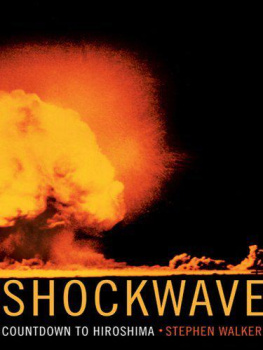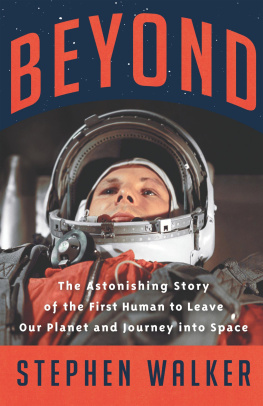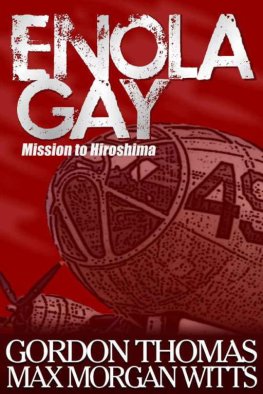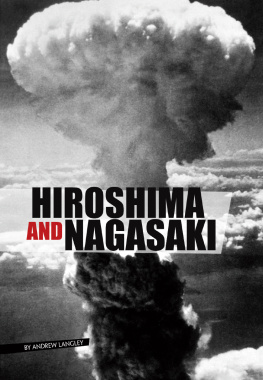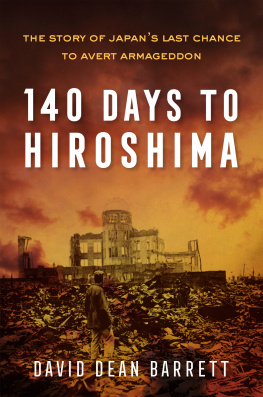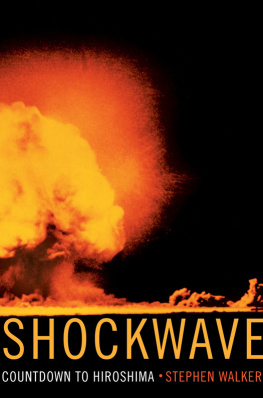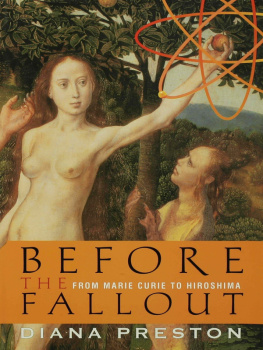Stephen Walker - Shockwave: Countdown to Hiroshima
Here you can read online Stephen Walker - Shockwave: Countdown to Hiroshima full text of the book (entire story) in english for free. Download pdf and epub, get meaning, cover and reviews about this ebook. year: 2005, publisher: Harper, genre: Detective and thriller. Description of the work, (preface) as well as reviews are available. Best literature library LitArk.com created for fans of good reading and offers a wide selection of genres:
Romance novel
Science fiction
Adventure
Detective
Science
History
Home and family
Prose
Art
Politics
Computer
Non-fiction
Religion
Business
Children
Humor
Choose a favorite category and find really read worthwhile books. Enjoy immersion in the world of imagination, feel the emotions of the characters or learn something new for yourself, make an fascinating discovery.
- Book:Shockwave: Countdown to Hiroshima
- Author:
- Publisher:Harper
- Genre:
- Year:2005
- Rating:4 / 5
- Favourites:Add to favourites
- Your mark:
Shockwave: Countdown to Hiroshima: summary, description and annotation
We offer to read an annotation, description, summary or preface (depends on what the author of the book "Shockwave: Countdown to Hiroshima" wrote himself). If you haven't found the necessary information about the book — write in the comments, we will try to find it.
A riveting, minute-by-minute account of the momentous event that changed our world forever
On a quiet Monday morning in August 1945, a five-ton bombdubbed Little Boy by its creatorswas dropped from an American plane onto the Japanese city of Hiroshima. On that day, a firestorm of previously unimagined power was unleashed on a vibrant metropolis of 300,000 people, leaving one third of its population dead, its buildings and landmarks incinerated. It was the terrifying dawn of the Atomic Age, spawning decades of paranoia, mistrust, and a widespread and very real fear of the potential annihilation of the human race.
Author Stephen Walker brilliantly re-creates the three terrible weeks leading up to the wartime detonation of the atomic bombfrom the first successful test in the New Mexico desert to the cataclysm and its aftermathpresenting the story through the eyes of pilots, scientists, civilian victims, and world leaders who stood at the center of earth-shattering drama. It is a startling, moving, frightening, and remarkable portrait of an extraordinary eventa shockwave whose repercussions can be felt to this very day.
Stephen Walker: author's other books
Who wrote Shockwave: Countdown to Hiroshima? Find out the surname, the name of the author of the book and a list of all author's works by series.

